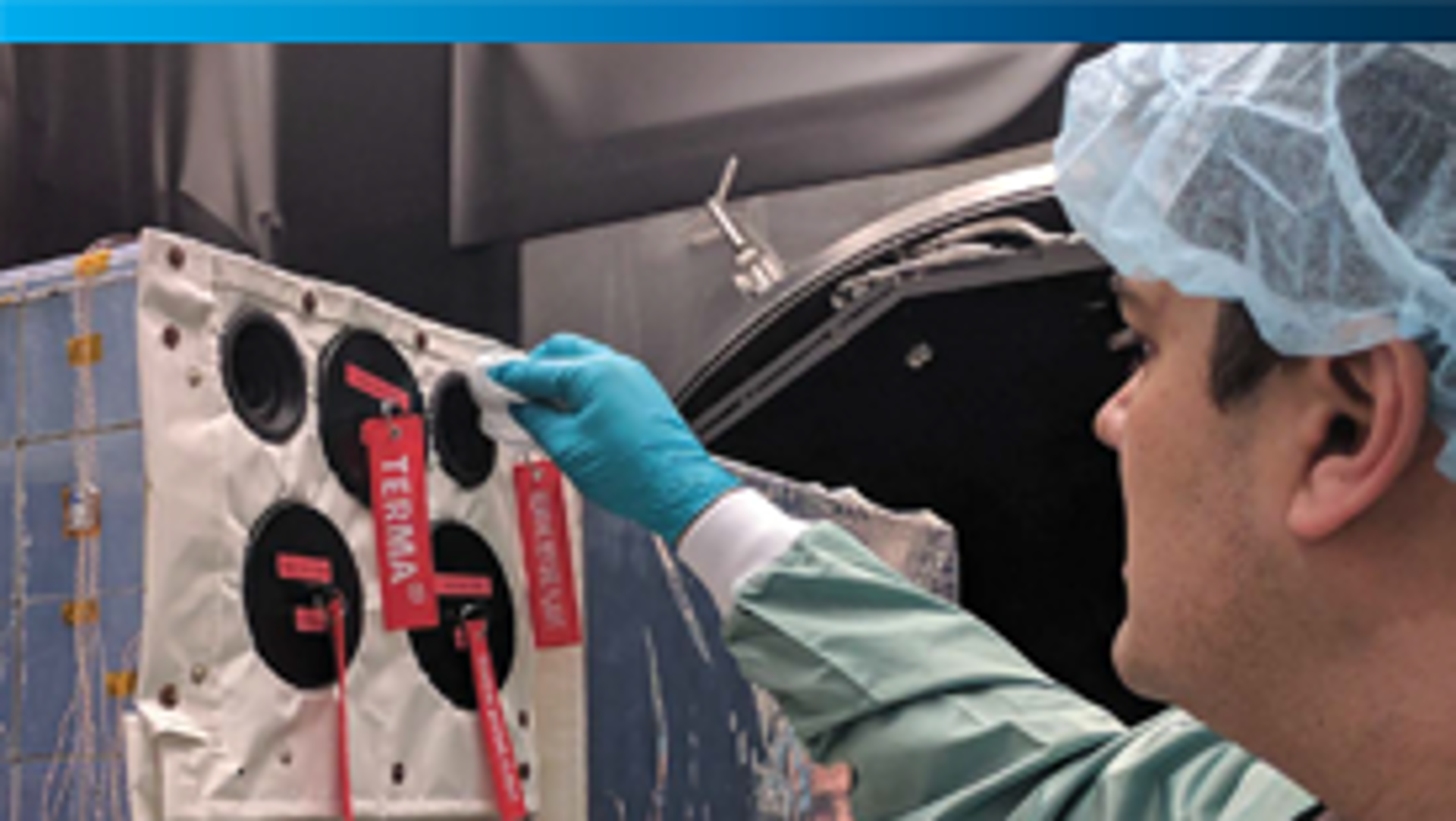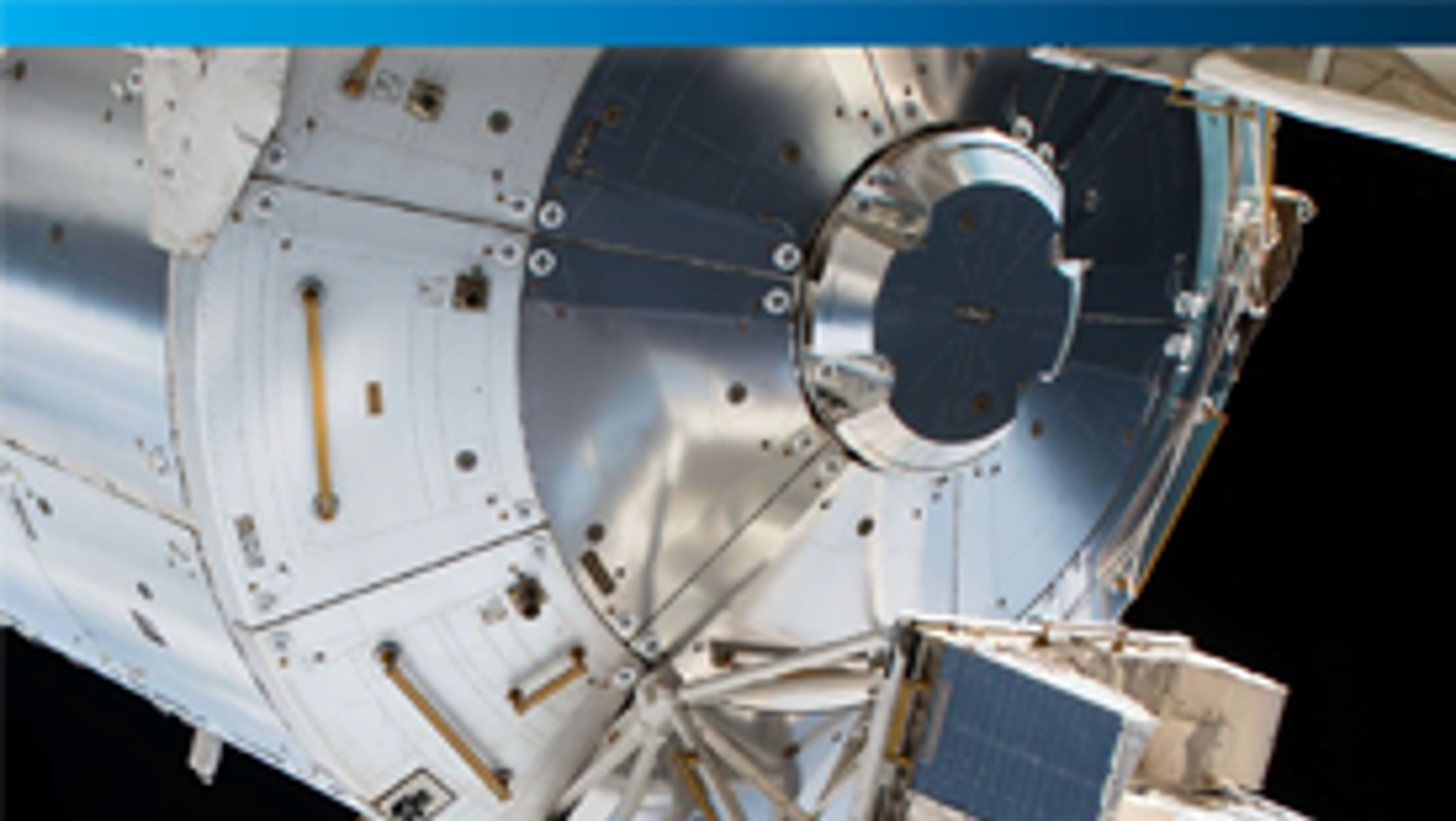ASIM is an observatory installed on the European Columbus module of the International Space Station (ISS). ASIM will study high-altitude electrical discharges in the stratosphere and mesosphere above severe thunderstorms, the so-called red sprites, blue jets, haloes, and elves, and monitor X-ray and Gamma-ray flashes.
ASIM was installed on the European Columbus-module of ISS on 13 April 2018. ASIM data is used by scientists all over the world for Earth observation to study high-altitude electrical discharges in the stratosphere and mesosphere above severe thunderstorms, the so-called red sprites, blue jets, haloes, and elves, as well as monitoring terrestrial X-ray and Gamma-ray flashes. During the daily operation of ASIM, we are providing support to the ESA operational ground station teams at B.USOC and Columbus Control Center for the on-orbit operation of ASIM with insight to technical details.
ASIM Facts
- ASIM budget is 35-40 MEUR
- Mission duration is 3 years, up to 7 years
- ASIM is orbiting Earth 16 times a day
- ASIM is travelling at a speed of 27,600 km/h
- Mass: 314 kg
- Dimensions: 122 cm x 134 cm x 99 cm
- Power: 200 W
- Heaters: 230 W
As the prime contractor, we have been responsible for ensuring progress and technical management of the ASIM project and for the coordination with ESA and subcontractors, and not least for delivering the ASIM observatory for handover to ESA, NASA, and finally to SpaceX at Kennedy Space Center (KSC) in Florida. ASIM underwent final inspection and was installed into the trunk of the Dragon spacecraft and launched to ISS by the SpaceX Falcon 9 rocket in April 2018.
The scientific studies are supported by pictures taken by the Danish astronaut Andreas Mogensen during his space flight in 2015.
"We can really see new things and have gained so much knowledge on the internal anatomy of the lightning. Besides the ‘terrestrial gamma-flashes’ our recordings show lots of blue lightning that spread like fireworks above thunderclouds. It looks crazy."
Torsten Neubert
lead scientist for the ASIM project and Senior Executive Officer at DTU Space.
You need to accept all cookies in order to see the content
Open Cookie Control PanelSubsystems
ASIM is mounted externally on the European space laboratory on ISS, Columbus. The ASIM payload consists of four sub-systems, CEPA, DHPU, MXGS, and MMIA. The CEPA and DHPU form the structural and electrical platform servicing the MXGS and MMIA scientific instruments. The DHPU, MXGS, and MMIA are mounted on-top of the CEPA. The power and data connections from ISS are routed through the CEPA to the DHPU, which converts 120V ISS supply to 28V instrument supply and handles all data communication.

MMIA – Modular Multi-Imaging Assembly
ASIM uses optical observations in carefully selected bands in order to filter out data with TLEs from the lightning data. Since downlink is limited, algorithms are implemented in the on-board software performing the initial data event selection. The ASIM MMIA instrument is capable of recording 12 frames per second continuously in the 777.4 nm and 337 nm bands, both only 5 nm wide. Combined with 100 kHz photometer data from the same two bands in addition to a 180-230 nm band, data is filtered in real-time to optimize the available downlink capability allocated to ASIM on ISS.
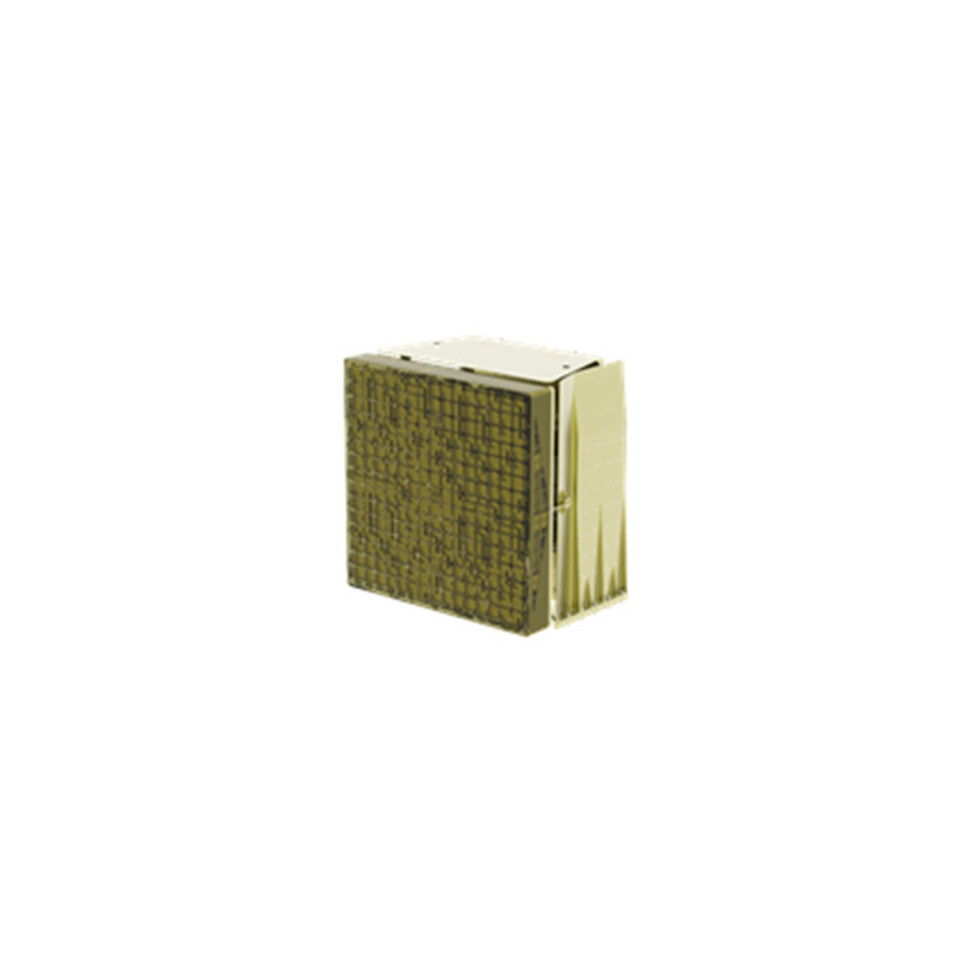
MXGS – Modular X and Gamma Ray Instrument
Two set of detectors for TGF: Low energy, sensitive in the spectral band from 15 keV to 400 keV, and high energy, sensitive from 200 keV to 40 MeV. The low energy detector is pixelated in 128 by 128 channels, which, in combination with a high mass density coded mask in front of the detector, allows advanced post-processing algorithms to pinpoint the direction to the TGF source. Overlaying the TGF direction with the optical imaging by the MMIA, the correlation with lightning and TLE is possible.
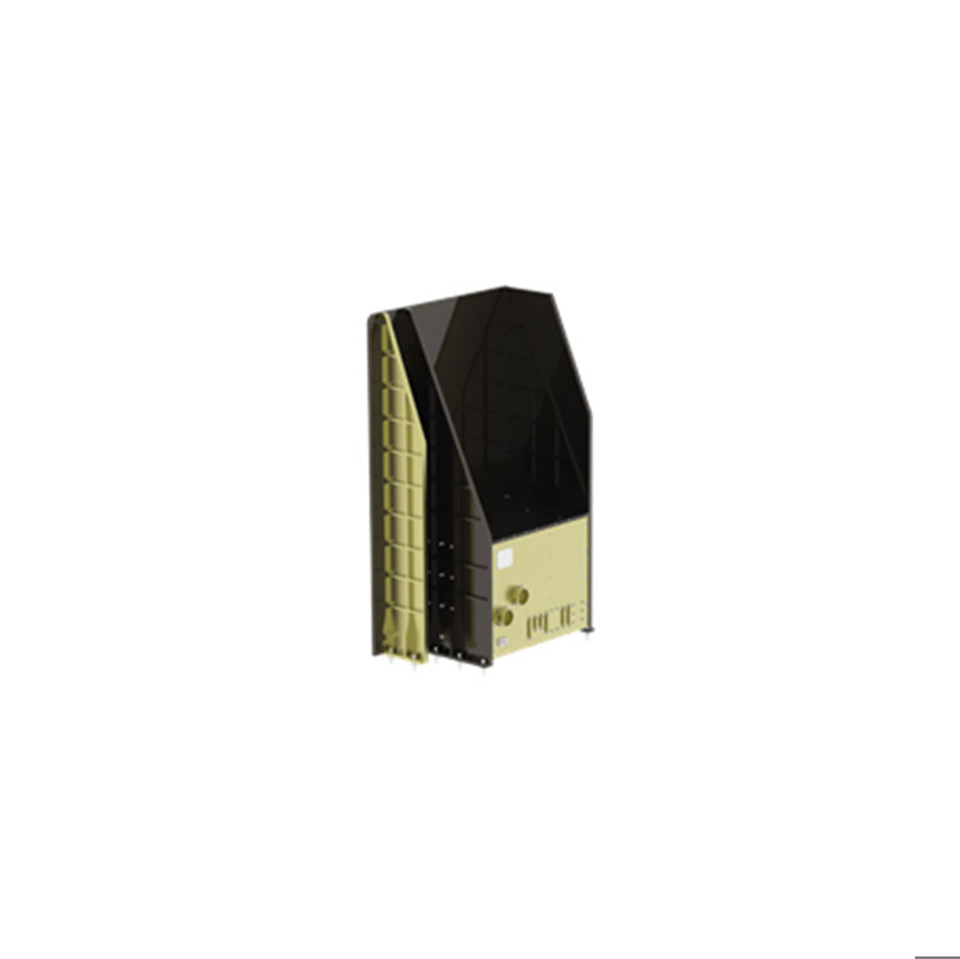
DHPU – Data Handling and Power Unit
Handles all electrical interfaces between ASIM and ISS. It receives 120V from ISS for operational power and for heaters. During Dragon flight and robotic installation, a third 120V heater supply is utilized. It converts the 120V operational supply to 28V instrument supplies. Apart from the 120V supplies, it implements an ethernet connection for data link, MIL-BUS for monitored data and time synchronization with ISS, and finally a serial line which allows the ISS crew to patch the firmware of the DHPU.
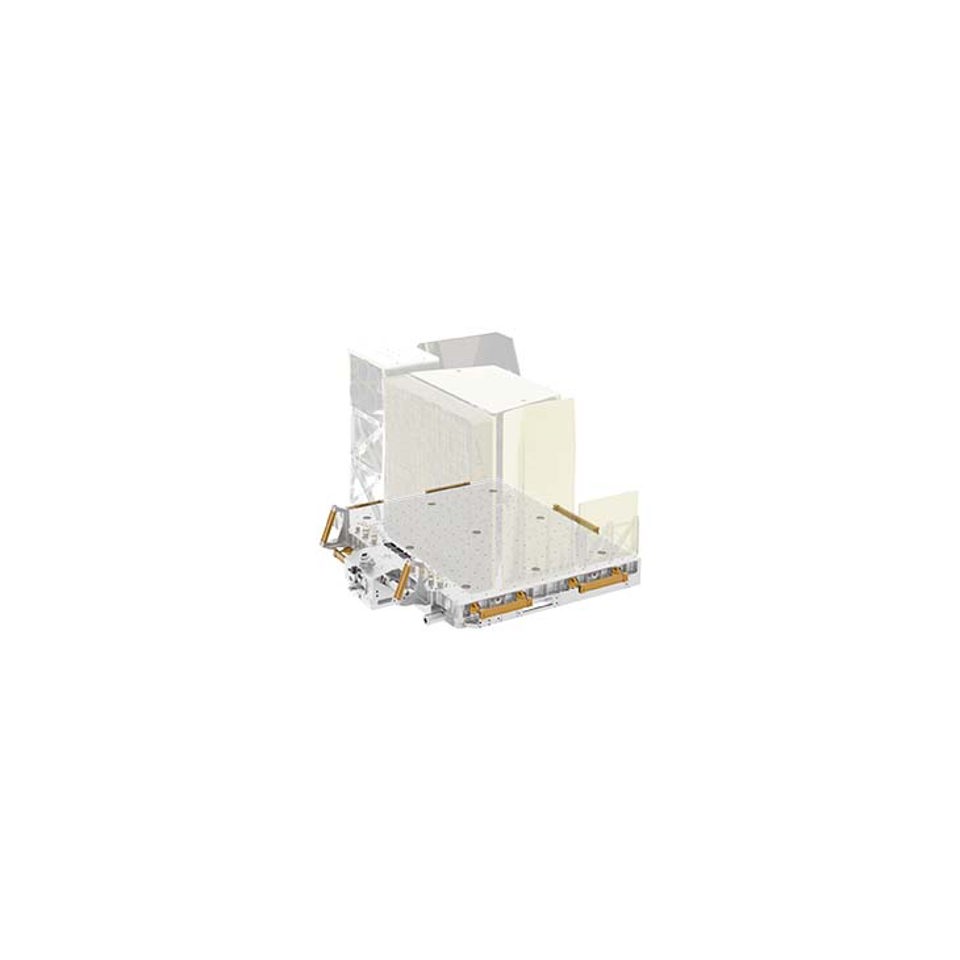
Columbus External Payload Adapter
CEPA is a standard structural item designed by Boeing for Columbus. It implements a standard interface to ISS called the FRAM - Flight Releasable Attachment Mechanism, which allows payloads and standard cargo like battery assemblies, to be attached on the ISS FRAM location like the Columbus External Payload Facility. The FRAM interface includes connectors which routes the electrical connections from ISS to the top side of the CEPA and through the ASIM harness to DHPU and then distributed to the instruments.
The ASIM Mission
ASIM will address a variety of important scientific and technological aspects which will include:
- Understanding of the processes involved in thunderstorm initiated electrical discharges
- Understanding the impact of thunderstorm initiated electrical discharges on atmospheric processes and possible links to climate determining factors
- Developing new technologies with spin-off into terrestrial applications for advanced process control and optical instrumentation
- Demonstrating the fruitful utilization of the collaborative investments in ISS
The thunderstorm initiated electrical discharges, to be observed by ASIM, are linked to violent storms in the tropics injecting water vapor, NOx, and other greenhouse gases into the stratosphere where they become a part of the climate moderators.
Based on the ASIM data, scientists will study these effects, as well as the electrical influence on the ionosphere and the atmospheric interactions with the particle radiation from the Sun. Both of which also have a direct bearing on the Earth’s climate.
Having the ASIM instrument on the ISS, provides a unique opportunity for systematic monitoring of these phenomena on a global scale. Furthermore, the advanced detector technology to be used for ASIM will have spin-off into a range of important terrestrial applications.
Video courtesy DTU and Mount Visual/Daniel Schmelling
You need to accept all cookies in order to see the content
Open Cookie Control PanelAfter one year in space, ASIM has given DTU researchers a new understanding of how lightning is created, and how thunderstorms can affect the stratosphere and the climate.
The first measurements show what creates the so-called ‘terrestrial gamma-flashes’ in the atmosphere. The flashes occur in connection with lightning and thunderstorms and are short bursts of high-energy X- and gamma-rays. At the same time, the researchers have received measurements showing a wealth of blue lightning above the thunderclouds.
The discoveries have been published at a 2019 European Geosciences Union (EGU) conference in Vienna. In 2019, DTU researchers will describe the results of the research in a number of scientific articles. Here it will be evident how lightning creates these ‘terrestrial gamma-flashes’, that were discovered back in 1993.
“We can really see new things and have gained so much knowledge on the internal anatomy of the lightning. Besides the ‘terrestrial gamma-flashes’ our recordings show lots of blue lightning that spread like fireworks above thunderclouds. It looks crazy,” says Torsten Neubert, lead scientist for the ASIM project and Senior Executive Officer at DTU Space.
He is pleased that ASIM lives up to expectations. The observatory was sent to the ISS on 2 April 2018 to photograph the violent thunderstorms and lightning that appear above the clouds and uncover the invisible processes that drive them.
One of the invisible processes are gamma-ray flashes from thunder and lightning. A phenomenon known as terrestrial gamma-ray flashes (TGFs). ASIM is also investigating energy discharges driven by thunderstorms in the area from the top of the clouds and up to 100 km above the ground.

The ASIM Team
Development and manufacturing of the ASIM observatory, computers, and systems have been carried out in collaboration with Danish and European companies and universities.
In addition to performing the prime activities, we were also tasked with the development of the MMIA instrument in close collaboration with DTU Space. The development of the MXGS instrument was led by DTU Space in collaboration with the universities of Bergen, Warsaw, and Valencia, supported by the National Institute of Aerospace Technology (INTA) in Spain. Terma provided the software for both instruments. The main ASIM computer and power unit have been developed by OHB Italia in Milan.
Project Prime and Project Management
Terma A/S, Denmark
MMIA Instrument Team
Terma A/S, Denmark
DTU Space, Denmark
MXGS Instrument Team
DTU Space, Denmark
University of Bergen, Norway
University of Valencia, Spain
Space Research Centre at Polish Academy of Science, Poland
National Institute of Aerospace Technology (INTA), Spain
Terma A/S, Denmark
Data Handling and Power Unit Team
OHB Italia
ASIM Principal Investigator
DTU Space, Denmark (T. Neubert)
Co-Investigators
University of Valencia, Spain (V. Reglero)
University of Bergen, Norway (N. Østgaard)
Alternative Energies and Atomic Energy Commission, France (E. Blanc)
ESA ASIM Science Coordinator
ESA, The Netherlands (A. Orr)
Learn more
DTU Space on YouTube – ASIM
ESA video about the ASIM launch "Space Storm Hunter's Trip to Space"
The Search for the Magic Lightning











